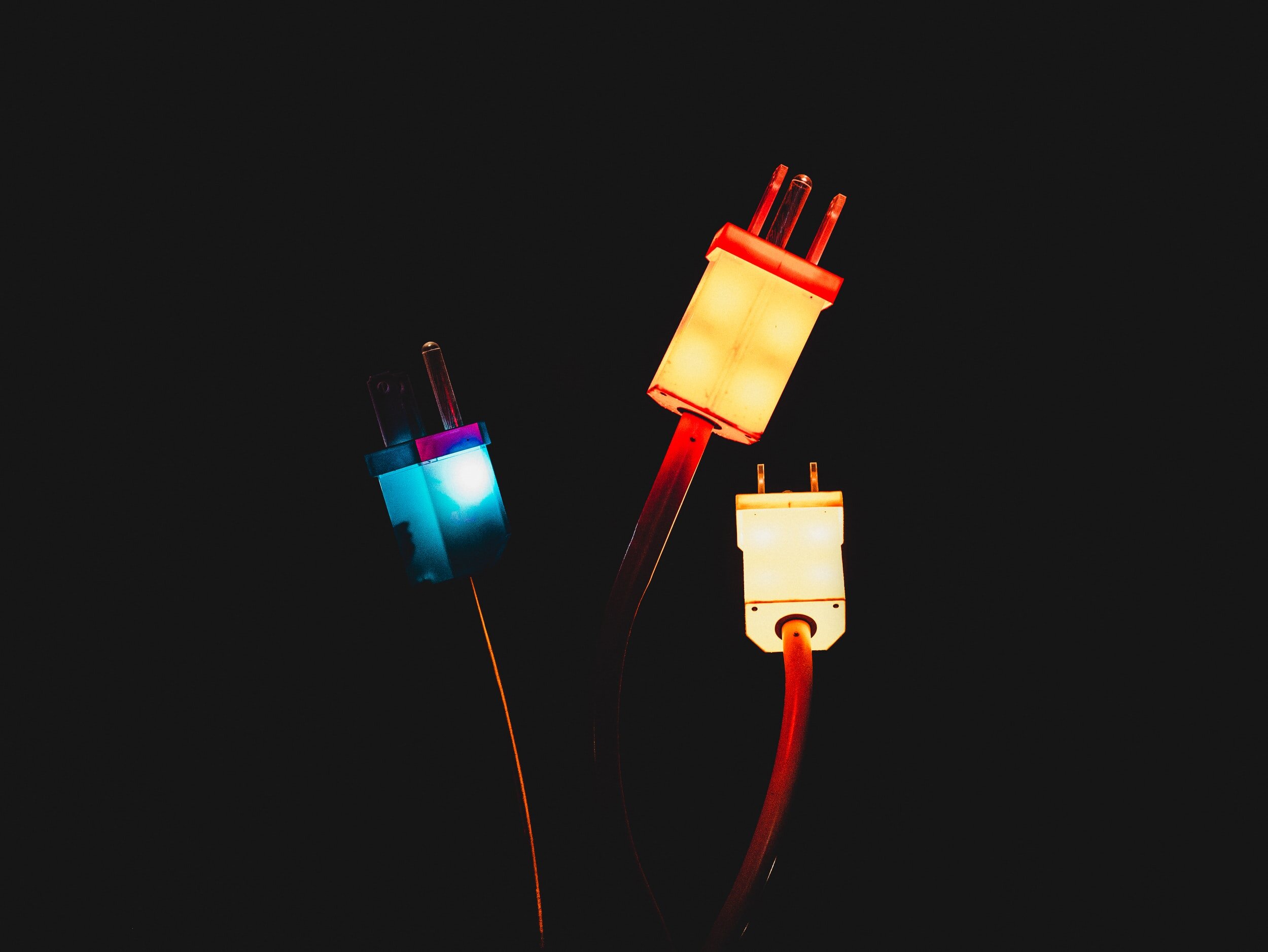States with competitive electricity markets saw cheaper energy prices, more energy infrastructure investment to improve efficiency and reliability, and greater emission reductions compared to monopoly states, according to a study released this week by the Pacific Research Institute.
“Residents and businesses lose out when states cling to outdated government-mandated electricity monopolies,” said Dr. Wayne Winegarden, a senior fellow at the California-based free-market think tank. “Customers in monopoly states pay higher energy prices, see less effective infrastructure investment, fewer emission reductions, and endure less reliable power systems.”
The report, aptly entitled “Affordable and Reliable,” found that competition reduces prices for consumers. Empowering generators to compete in established wholesale markets has led to significant declines in wholesale electricity costs. Pricing data examined in three key markets demonstrate that wholesale electricity prices in competitive markets are trending downward and were at or near 6-year lows as of 2020.
Prices in PJM were 41.7 percent lower as of 2020 and at $21.40/MWh were the lowest prices of the competitive markets examined.
Prices in the New England ISO were 44.3 percent lower as of 2020
Prices in the Lower Hudson Valley zone of the New York ISO were 26.0 percent lower as of 2020
Prices in the New York City zone of the New York ISO were 44.8 percent lower as of 2020.
Competition also benefits consumers at the retail level, the study concluded. Currently, 13 states plus the District of Columbia empower retail competition, allowing customers to choose a supplier that meets their desired combination of price, reliability, and generation.
States with competitive retail electricity markets have seen smaller price growth compared to monopoly states. Since competition was fully implemented, the 14 jurisdictions with retail electricity competition saw prices decline 0.3 percent between 2008 and 2020 compared to a 20.7 percent price increase in the states lacking retail competition, based on EIA data calculations.
Four of the five states with the lowest price increases during the period (Pennsylvania, Illinois, New Jersey, and New York) were competitive states, while the ten states with the largest price increases were monopoly states.
The PRI study also found that competition improved environmental performance and emission reduction. Reviewing state emission levels based on EIA data between 2008 and 2018, PRI’s analysis shows that emissions in competitive states declined on average 12.1 percent, compared to 7.3 percent in monopoly states.
“Establishing competitive electricity markets should be a priority for state policymakers to lower costs, boost economic competitiveness, ensure power reliability, and make further progress in lowering emissions,” Winegarden writes in the report.
Read the full report here and check out www.electricityrealityreport.org for more from PRI.

